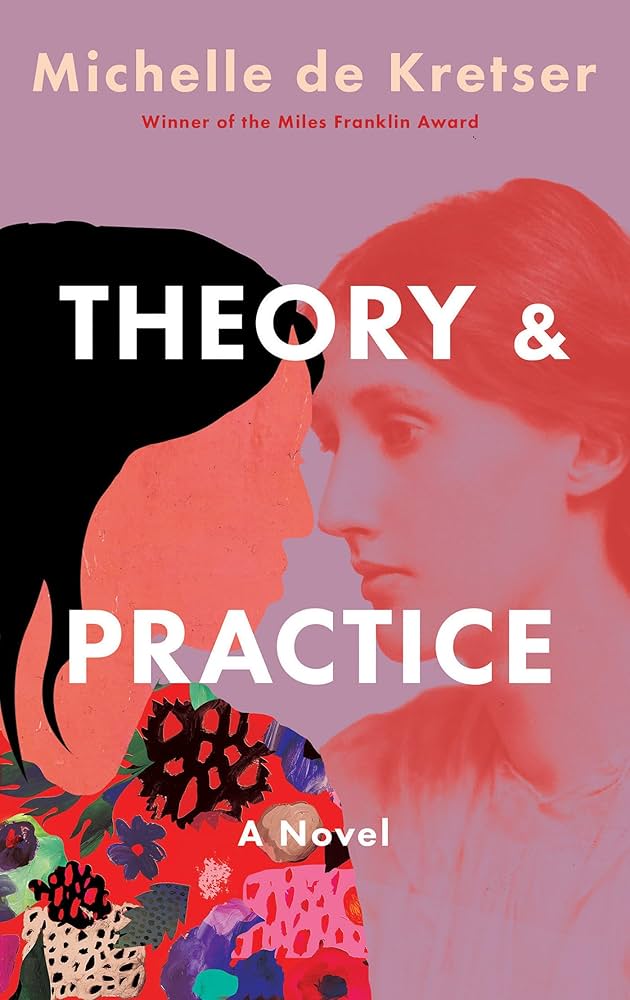Book by MICHELLE BRAFMAN
Reviewed by

The title of Michelle Brafman’s debut novel, Washing the Dead, is taken from the sacred washing of a traditional Jewish burial ceremony. Volunteering for a washing, or tahara, is considered one of the most selfless deeds in Orthodox Judaism because the beneficiary cannot thank the participants. The book’s three sections are named for and center around different occasions of ritual washing in the life of the narrator, Barbara Blumfield, as she tries to fathom the family secrets that bind her to her Orthodox community and repel her. The first and last are taharas and the middle is a mikveh, a purifying immersion in water.
As a novel, the book explores redemption and forgiveness in three generations of splintered mother-daughter relationships, but what’s most compelling is what it reveals about Chasidic and Orthodox world of rituals and their rules for dealing with and avoiding the secular world.
The book alternates between the Barbara of the 1970s, an Orthodox teenager (née Pupnick) and the secular 50-something Barbara of 2009, who is married to a stockbroker and the mother of a teenage girl herself. The younger Barbara’s words come from letters she wrote but never sent, which her daughter discovers years later.
We know that as a child, Barbara’s life completely revolved around Rabbi Schine’s synagogue, which is housed in a mansion on the lakefront in Milwaukee. A mysterious donor had given the rabbi the mansion 25 years earlier when he came to Milwaukee to “ignite Jewish souls.”
Barbara grows up believing that Rabbi Schine and his wife, the rebbetzin, met her mother, June Pupnick, then a “Christmas tree” Jew, when she was hospitalized with a ruptured appendix and brought her into the path of righteousness. The truth is one of the story’s secrets. Teenage Barbara is proud of her mother’s importance to the Schines. June sits next to the rebbetzin in the women’s section of the synagogue. “My mother had earned this coveted seat by hosting Shabbos lunches for the nonobservant suburban Jews my parents helped convert to the Schine’s shul,” she believes. Chasidic sects, generally avoid contact with goyim, non-Jews, and less observant Jews. Brafman doesn’t identify the Schines’s sect, but it seems to be based on the Lubavitchers, a Chasidic movement devoted to bringing Jews back to their religion, and may explain the rebbetzin’s surprising understanding of the appeal and advantages of secular life.
June, an alternately adoring and distant mother, has what Barbara describes as “mists,” where she disappears into herself. Barbara expends a lot of energy trying to please her beautiful, remote mother. But Barbara is happy at the synagogue, where she feels at home. Her best friend is the Schine’s daughter, Tzippy, whom she only sees in the summer as Tzippy attends a yeshiva in New York. The girls seem oddly young for 17, stealing cookies and giggling, but perhaps this reflects the isolation of a strict religious community. Barbara goes to public school, which seems odd, given the centrality of religious schooling in Chasidic and Orthodox communities, and isn’t explained. (Barbara is ostracized for her conservative dress in public school.) Her nursery school teacher, Mrs. Kessler, becomes a mother figure and mentor to Barbara, who grows up to be a teacher.
At 17, Barbara discovers her mother is having an affair with the handsome “Shabbos goy,” a non-Jew hired to do things that Orthodox Jews may not do on the Sabbath, such as turn on lights or cook. Ashamed, she withdraws from Tzippy, who is preparing for an arranged marriage to a rabbi, but catalogues her feelings through truthful letters to Tzippy, which she does not send, but saves. The Shabbos goy leaves June—who has a breakdown, and Barbara obsessively cares for her, until the rebbetzin steps in, sending Barbara to San Diego to help Tzippy’s pregnant cousin, while she looks after Barbara’s mother. She can’t understand the rebbetzin’s paradoxical actions. “As much as I feared the rebbetzin kicking us out of the shul, her acceptance of my mother’s affair unsettled me more.”
In San Diego, Barbara bonds with a non-Jewish couple, the Coxes, and their four-year-old son.When she returns for Tzippy’s wedding, she finds her mother recovered and back with the Sabbath goy. Furious, she returns to San Diego, skipping the wedding, takes a childcare job with the Coxes, and abandons the observant life, eating non-Kosher foods, and wearing a bikini. This is one of the most interesting sections of the book and one of the few places where we see her somewhat joyful—which raises the question of why she feels that leaving the community, the source of so much conflict, ruined her life.
In any case, California is a refuge until she attempts to seduce the husband, and in the ensuing scene between them, the wife is injured, which gives Barbara something else to feel terrible about. Subsequently, Barbara learns that her father has died, and returns to Milwaukee to attend the funeral, after which her mother leaves with the Shabbos goy, and Barbara experiences her own breakdown. She never forgives her mother.
Barbara rehashes her mother’s sins throughout the novel, blaming her, the Schines, and the Shabbos goy for cutting her off from the synagogue and ruining her life. This becomes wearing and whiney and bogs down the story.
Fast forward 40 years to Mrs. Kessler’s death. The rebbetzin, trying to make amends, asks Barbara to help with Mrs. Kessler’s washing, and childhood emotions are triggered. Here is Barbara looking in a mirror after the ritual bath she’s taken following Mrs. Kessler’s washing:
You couldn’t see the big parts of me that were missing: childhood memories that normal adults call on without hesitation, a mother’s steady love, and my belief in my childhood shul, maybe even in God.
The mother now has Alzheimer’s, and Barbara’s teenage daughter, Lili, has become rebellious, provoking Barbara to make unpleasant scenes. At this point, the reader wants to beg this educated woman married to a stockbroker to find a therapist and ask some obvious questions. Who is the Sabbath goy? Why was her mother so stuck on him? Why was the rebbetzin so tolerant of him? And do the things that happened to her merit so much rage? Maybe in real life, they would. But novelistically speaking, more fortitude and curiosity might have made her a more compelling character.
Barbara does explore her mother’s past. She tracks down the Shabbos goy, whose real name is Andy. He is protective of his lover, and Barbara reacts with a glimmer of self-awareness followed by rage.
What had my mother meant to him? Not once in all these years had I considered his feelings. He’d merely existed as a person who had ruined our lives. He was done talking. I could see it on his lips, pursed and locked. I opened the car door, my head whirling. He was protecting her, and like Neil, he was now shielding her from me. Everyone was forgetting that I’d been the one damaged by their affair, the one the rebbetzin had cast from the shul, from the mansion, from my home. And I was the one who had lost my best friend.
The rebbetzin encourages Barbara to go to the Mikveh and accompanies her, reciting a prayer: “You shall rise again before God with a new spirit and new heart, with a new, pure mind, receptive once again to all things godly, joyously going out to all that is good and pure.”
In an operatic ending, all is revealed, and we learn who June really is; why the Schines were so understanding of her sinful relationship; and that the Schines never expelled the family—June, not the rebbetzin, cut off ties—and they feel terrible guilt at Barbara’s collateral exclusion. With this knowledge, Barbara is able to forgive her dying mother and the Schines, as well as to cement her relationship with Lili.
It is a tidy, redemptive ending, but Barbara’s bitterness, which dominates the novel, overshadows the message of atonement.
Karen Uhlmann’s stories have appeared in Fiction Southeast, Southern Indiana Review, Enizagam, and other magazines.



